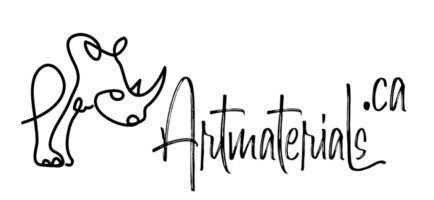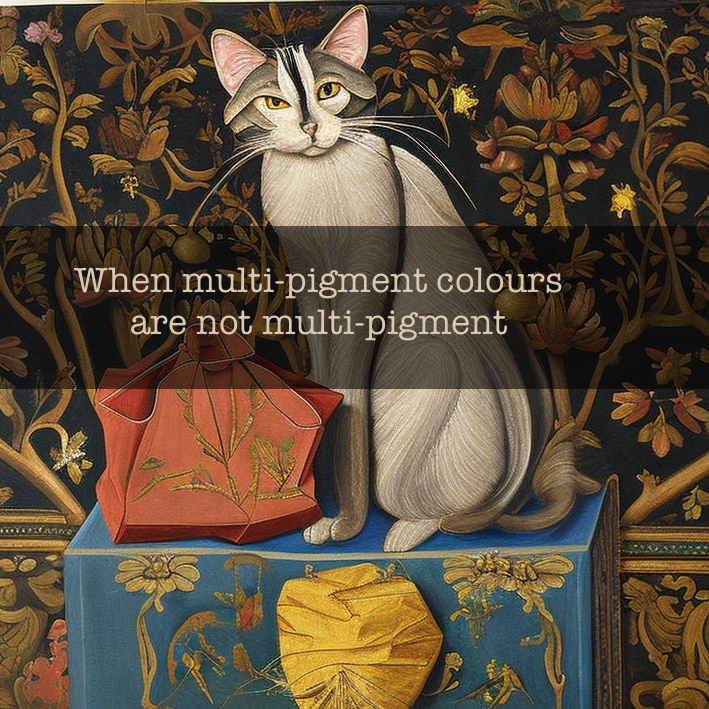If even 50 years ago only mineral pigments were considered to be professional, with modern chemical industry development we have more and more new and reliable pigments. Even though we still use natural pigments, especially iron oxides, companies learnt how to manufacture those pigments.
History knows iron oxides being used for art since cave drawings. Even now, the greatest variety of colours belongs to PY43, or Iron Oxide Yellow. Extracted from different areas around the world, this pigment gives many different colours with different opacity and granulation.
However, for commercial brands stability in colour is one of the key goals. When you dine in a restaurant you expect the same dish to be cooked the same way every visit. The same is happening in art supplies industries: the same colour has to be the same from batch to batch.
To achieve more stable and predictable results, manufacturers use PY42, a synthetic (man-made) version of Iron Oxide Yellow. The same as natural oxide yellow, this pigment offers a wide variety of colours of different grades of transparency. Differently treated, it will give almost any shade of yellow, orange, red and brown.
Even though we mark PY42 and PY43 as different pigments, technically, they are the same. So, when you see PY42-PY43 label on a tube of paint, this paint is considered to be mono-pigment. Some other pairs of pigments that can be used interchangeably include PR101 and PR102, PR122 and PR202, and all pigments with extensions (PB15, PB15:1, PB15:2, PB15:3 etc, PR48, PR48:1, PR48:2 and so on).



















